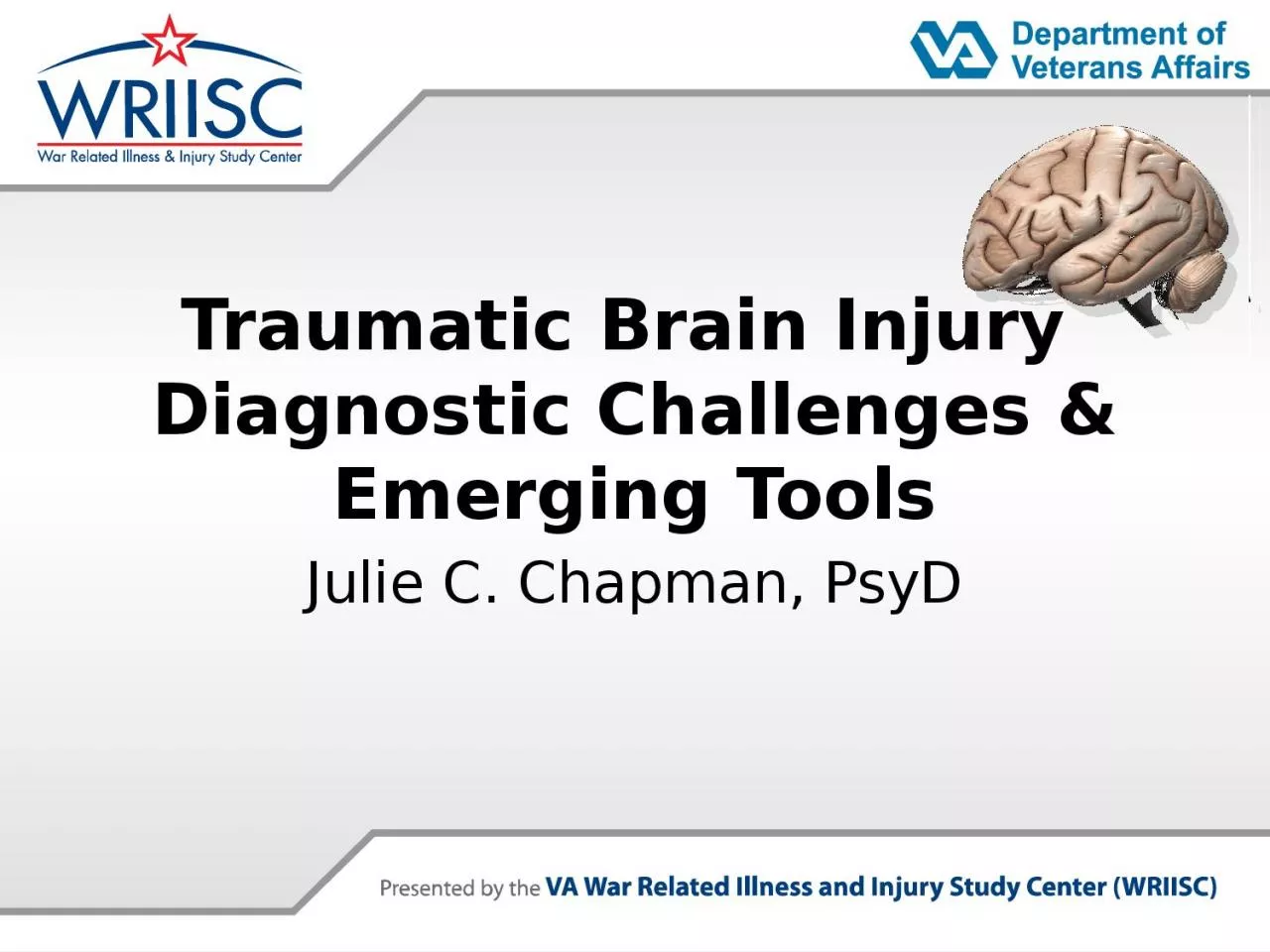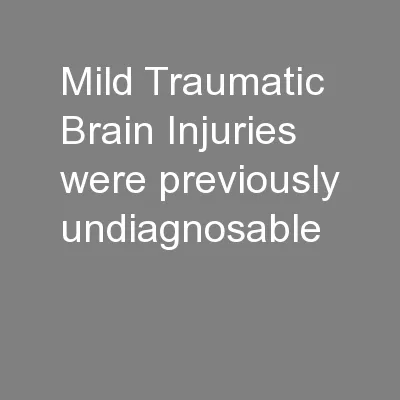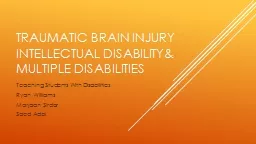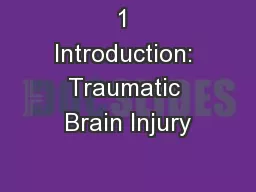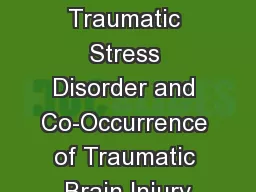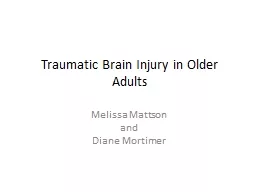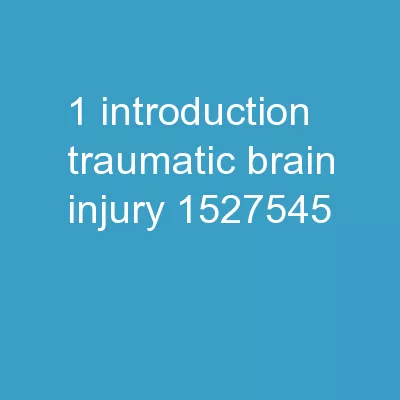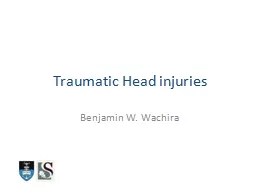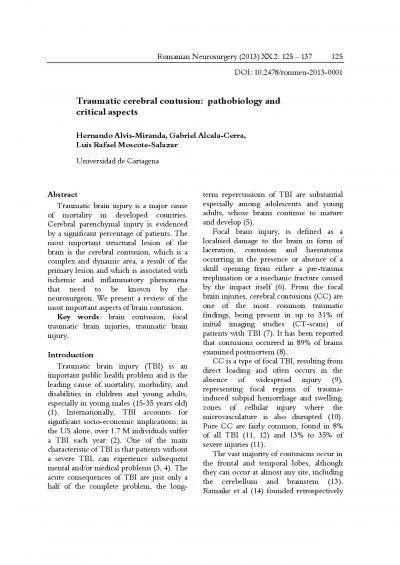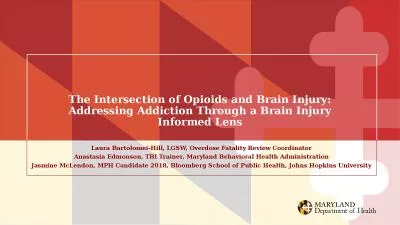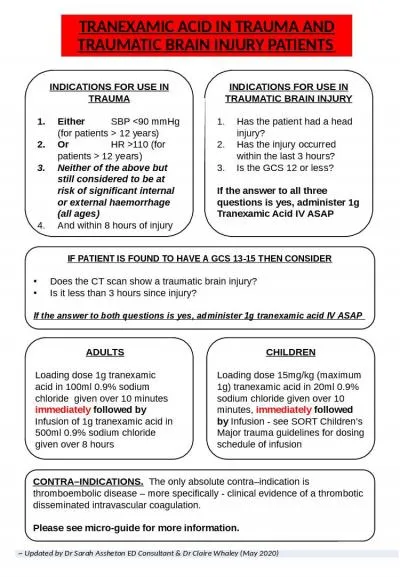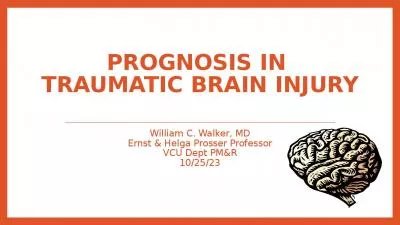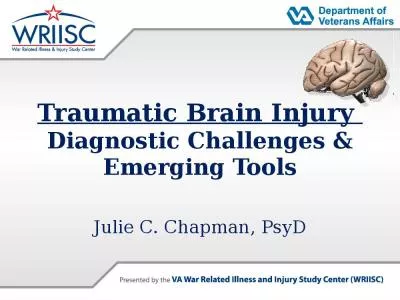PPT-Traumatic Brain Injury Diagnostic Challenges &
Author : JollyJoker | Published Date : 2022-08-03
Emerging Tools Julie C Chapman PsyD VADOD Definition of TBI A traumatically induced structural injury ANDOR physiologic disruption of brain function as a result
Presentation Embed Code
Download Presentation
Download Presentation The PPT/PDF document "Traumatic Brain Injury Diagnostic Chall..." is the property of its rightful owner. Permission is granted to download and print the materials on this website for personal, non-commercial use only, and to display it on your personal computer provided you do not modify the materials and that you retain all copyright notices contained in the materials. By downloading content from our website, you accept the terms of this agreement.
Traumatic Brain Injury Diagnostic Challenges &: Transcript
Download Rules Of Document
"Traumatic Brain Injury Diagnostic Challenges &"The content belongs to its owner. You may download and print it for personal use, without modification, and keep all copyright notices. By downloading, you agree to these terms.
Related Documents

